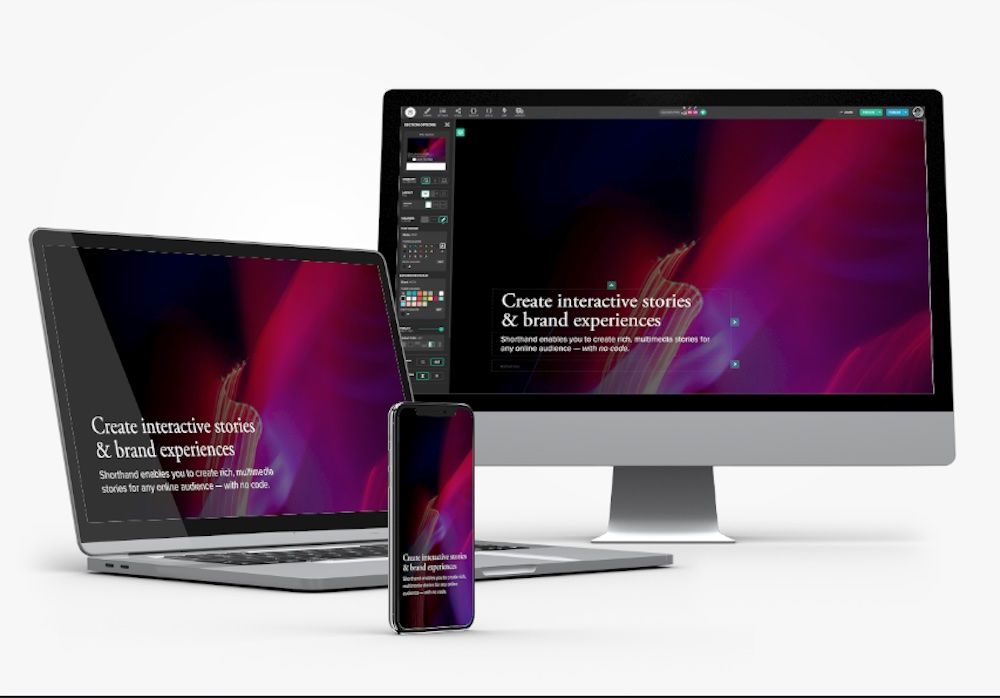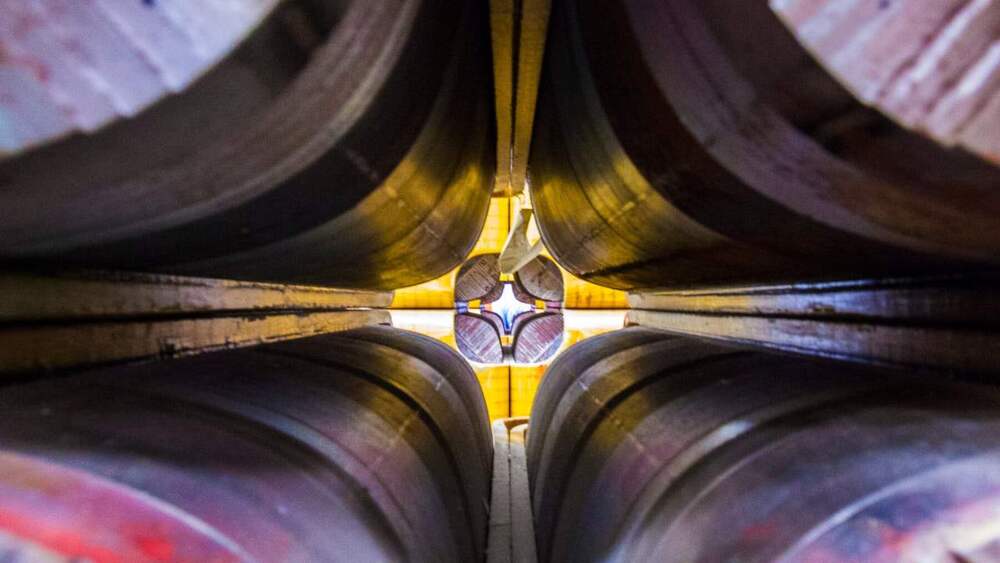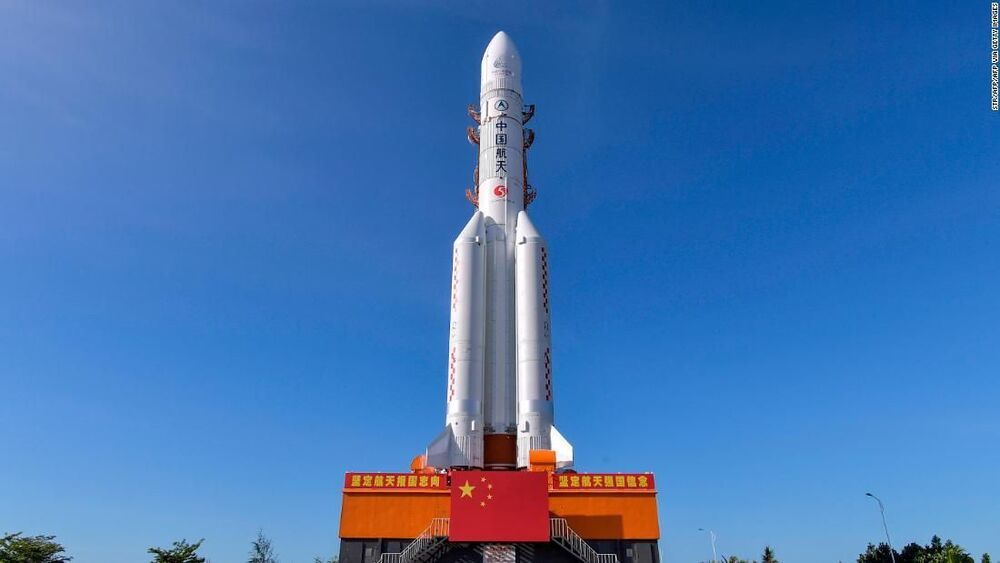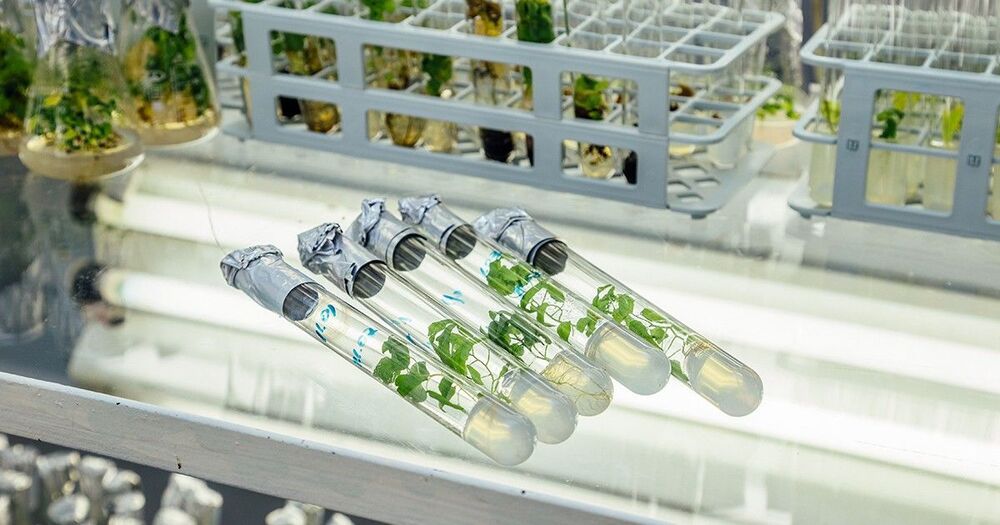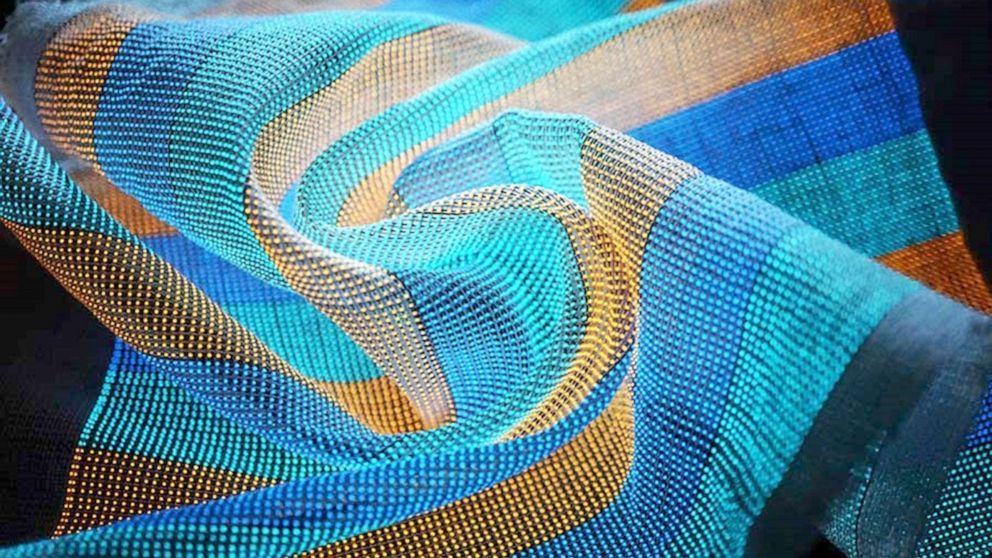Shorthand, the Australian startup behind a no-code platform that allows publishers and brands to create multimedia stories, has raised $10 million Australian (just under $8 million U.S.) from Fortitude Investment Partners.
CEO Ricky Robinson told me via email that this is Shorthand’s first institutional round of funding, and that the company has been profitable for the past two years.
“We’ve been lucky enough to grow to where we are today through an entirely inbound, organic model that leverages the beautiful content that our customers create in Shorthand to generate leads,” Robinson wrote. “But we’ve been testing other channels with some success and the time is right to ramp up those other marketing initiatives. That’s where we’ll be spending this funding, while also investing heavily in our product to keep Shorthand at the cutting edge of storytelling innovation for the web.”
